Diabetes and weight loss drugs have surged in popularity, revealing supply frailties
There was a new name at the top of the drug bestseller list at the start of the year – Merck & Co’s cancer immunotherapy antibody, Keytruda (pembrolizumab). It’s likely to still be there at the end of the year, but by the time the final sales figures for 2024 are tallied up, Novo Nordisk’s semaglutide is set to sit in second place. The GLP-1 receptor agonist peptide is sold to treat type 2 diabetes under the brand name Ozempic, and as Wegovy for weight loss. Another hormone mimic in the same class, Lilly’s tirzepatide (Mounjaro for diabetes, Zepbound for weight loss), is also making significant inroads into the market.
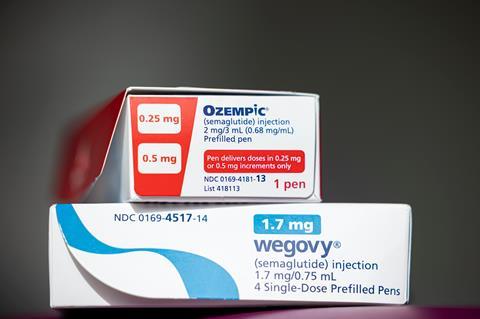
The ballooning weight loss demand for these drugs has led to diabetic patients having difficulty in sourcing them, particularly in the US. The US Food and Drug Administration (FDA) put various forms on the official shortage list, allowing compounding pharmacies to formulate their own versions. In early October, the FDA said the situation had been resolved for tirzepatide, although semaglutide and two further related drugs, liraglutide and dulaglutide, were still in shortage. The FDA was sued by the Outsourcing Facilities Association, which represents compounding pharmacies, for taking tirzepatide off the list, while Novo has filed multiple lawsuits against compounders for selling unauthorised semaglutide-containing products.
Analysts at Morningstar and Pitchbook predict that by 2031 more than two-fifths of people with diabetes and nearly a quarter of the non-diabetic obese will be treated with some form of GLP-1 drug. Perhaps unsurprisingly, there are worrying signs that the huge demand is now luring in the counterfeiters, with the World Health Organization (WHO) warning that fake batches have been found in several countries.
Many other companies are jumping on the obesity bandwagon, and with at least 15 new drugs potentially entering the market by 2029 and patents on existing ones set to expire, the cost of the drugs is likely to fall, too. The ‘holy grail’ of creating oral doses in place of injections is being chased by both Lilly and Novo, but also by other companies such as Pfizer, which is working on a potential once-daily drug, the small molecule GLP-1 agonist danuglipron. And generics have started to appear for Novo’s earlier GLP-1 drug liraglutide (Victoza).
While there are concerns that the drugs cause the loss of muscle as well as fat, there are signs they can have positive effects aside from the weight loss. For example, Wegovy gained additional approval in the UK to lower the risk of serious cardiovascular problems in the overweight and obese, and from FDA to reduce the risk of stroke and heart attack in the non-diabetic overweight and obese. Novo has had positive results for its drug in chronic kidney disease, too. The GLP-1 drugs may even assist with sugar control in type 1 diabetics, reducing the amount of insulin they require every day.
Making it happen
Lilly and Novo have both been spending heavily on manufacturing assets to try and keep up with demand, with the cash rolling in for the drugs, but insufficient capacity to make them. Lilly is expanding the capacity of two sites in Ireland to up its production of tirzepatide, and is spending $3 billion (£2.4 billion) to expand the Wisconsin, US, facility acquired from steriles manufacturer Nexus earlier in the year. Novo, meanwhile, has gone one step further, looking to scoop up capacity from Catalent (more of which later) as well as announcing plans for a $4 billion manufacturing site in North Carolina, US, to make semaglutide, plus a new plant in Denmark.
Elsewhere, several companies are upping their capacity for manufacturing antibody–drug conjugates (ADCs). These include Merck KGaA, which is spending €70 million (£58 million) to triple the capacity of its ADC facility in St Louis, US (in addition to a new plant in South Korea), and Lonza, which is doubling capacity in Visp, Switzerland. AstraZeneca, meanwhile, is investing $1.5 billion in a zero-carbon ADC plant in Singapore.
Another contract manufacturer, WuXi, is also expanding its broader manufacturing capacity, with WuXi AppTec investing in two new peptide-making plants in China, and WuXi Biologics upping the capacity of its facility near Boston in the US. AstraZeneca is also spending big on US manufacturing, including a biologics site in Maryland, and capacity for cell therapy on both the west and east coasts. This is in addition to a new R&D centre in Cambridge, US, where most big pharma companies already have a presence, and an expansion of its biomanufacturing capacity in Sweden.
Sanofi, meanwhile, is preparing for a potential future pandemic with its two new Modulus plants, in France and Singapore. These can make up to four different vaccines or other biologics at the same time, and each facility can house up to 34 production modules. Importantly for pandemic preparedness, they can be reconfigured to produce new products in a few days.
Vaccination and prevention
A WHO study published in The Lancet highlighted the importance of vaccination – the global infant mortality rate fell by more than two-thirds between 1974 and 2021, with vaccines accounting for 40% of the improvement, preventing more than 150 million deaths in that time, most of them children under 5. Yet falling vaccination rates remain a concern, having not recovered from the pandemic-related decline. Global measles cases, for example, surged by 20% between 2022 and 2023, with particular increases in Europe.
Several companies, including Pfizer, Moderna and Novavax–Sanofi are working on combination vaccines to protect against both Covid-19 and flu, but the WHO is concerned that Covid-19 vaccination rates are plummeting. A resurgence of Covid-19 is not the only potential pandemic worry – WHO now has more than 30 pathogens on its high-risk list, including dengue, avian influenza (with preparations for H5N1 avian influenza in train, while H5N2 has already made the jump to humans), and also mpox.
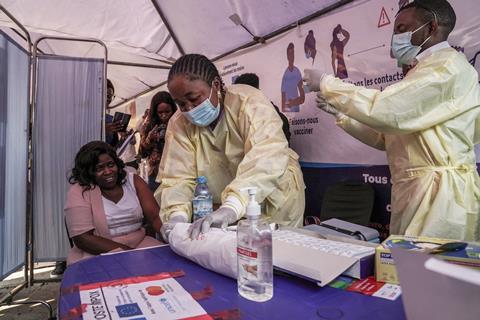
The Africa Centres for Disease Control and Prevention has reported a 177% increase in mpox cases, with infections confirmed in 15 countries, a new variant emerging, and particular concerns in the Democratic Republic of Congo (DRC). Bavarian Nordic’s Jynneos smallpox vaccine – a UK study found it 80% effective against mpox – has been ordered in bulk by the US government, for example, and the WHO has approved the vaccine ready for global distribution, with 3.6 million doses being pledged globally. Another vaccine, from KM Biologics, is also being reviewed.
Vaccine efforts are under way in several neglected diseases, too. Takeda’s dengue vaccine has been prequalified by the WHO. Valneva’s chikungunya vaccine, Ixchiq, has been recommended in the EU on the back of a phase 3 clinical trial. Less positively, though, there has been a shortage of cholera vaccines in light of disease outbreaks in the DRC and the Indian sub-continent.
The UN Office on Drugs and Crime claims that about 20% of medicines available in Africa may be falsified or substandard, and may be contributing to as many as half a million deaths a year in sub-Saharan Africa. There have been various initiatives in the past year to encourage manufacture of drugs in the continent, which may help. Three Chinese companies are collaborating with Fidson Healthcare to set up a plant in Nigeria to make HIV drugs, for example, while the EU is providing grants to Rwanda to support local pharma efforts. And Gavi, the vaccine alliance, has launched a $1 billion African Vaccine Manufacturing Accelerator fund to encourage vaccine manufacture on the continent. However, Moderna has backed away from plans to make vaccines in Kenya in the face of declining sales.
It’s been another relatively quiet year on the mergers and acquisitions front, with only one eight-figure deal signed – Novo Holdings’ $16.5 billion bid for struggling contract manufacturer Catalent, including an $11 billion deal with daughter firm Novo Nordisk to pass on three fill-and-finish facilities in the US, Belgium and Italy that would help solve some of Novo’s capacity headache for GLP-1 medicines. However, despite being announced in early February, the deal has yet to go through. Both EU and US competition regulators and competitor companies expressed various concerns, but in mid-December, both the European Commission and US Federal Trade Commission eventually approved the merger.
Meanwhile, Sanofi has continued the trend of creating separate consumer healthcare and pharma businesses, transferring its consumer operations into a new company, Opella, and selling half of it to a US investment firm. This was a change of tack from the announcement a year earlier that it was going to go for a full spin-out.
Legal and legislation
On the legal front, perhaps the biggest story was the collapse of the carefully negotiated settlement of Purdue Pharma’s bankruptcy, after the US supreme court ruled the part of the deal that shielded the Sackler family from liability in future civil claims contravened bankruptcy law. Elsewhere, a third attempt by Johnson & Johnson to solve its talc liability woes via the bankruptcy of a specially created subsidiary company was rejected by the US Department of Justice. Both now seem some way from a conclusion.
Finally, two sweeping pieces of US legislation are impacting the industry: 2022’s Inflation Reduction Act (IRA) and the Biosecure Act, which has (as of mid-December) still to pass. The IRA gave the government a mandate to negotiate drug pricing for medicines covered by state-backed health insurance programme Medicare. The first wave of price cuts was agreed in the summer and are due to go into effect in 2026. As announced in 2023, the drugs involved are the 10 on which Medicare spent most money, accounting for about a fifth of its total drug spend. All bar one had their headline list prices cut by 50% or more, and negotiations for a further 15 drugs are slated to start in 2027. A further impact is that if the prices of other drugs outstrip inflation, companies will be liable to pay rebates.
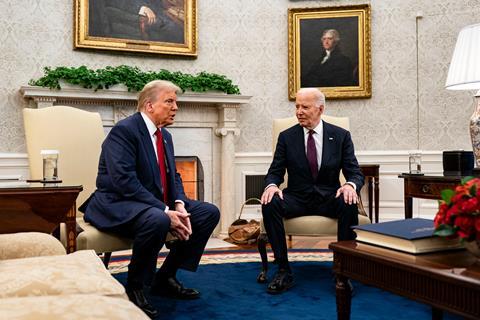
Unsurprisingly, industry is unhappy, not least because the cuts do not take into account the other links in the chain – health insurers and the pharmacy benefit managers who sit between insurers and pharma. ‘There are no assurances patients will see lower out-of-pocket costs because the law did nothing to rein in abuses by insurance companies and PBMs who ultimately decide what medicines are covered and what patients pay at the pharmacy,’ the Pharmaceutical Research and Manufacturers of America trade group said. Numerous legal challenges have been made by pharma companies, claiming the process is unconstitutional, but with no success as yet.
The aim of the Biosecure Act is to stop biotechs and manufacturers in China from collaborating with US pharma companies or receiving any US funding, citing security risks – ‘funding’ would include payments for medicines made there from government sources, including Medicare and Medicaid. However, with pharma’s heavy reliance on outsourcing both research and manufacturing to China, this would cause something of a headache. There are already signs of a shift away from China, whether to outsourced providers in other locations or the onshoring of activities.
While the bill passed the House in September, it did not get through the Senate before it shut up shop ahead of the election, and it is not slated to be included in the remaining Senate debates for 2024. Existing contracts could be ‘grandfathered’ in until 2032, if and when the Act becomes law, but many companies would have to rethink their R&D and manufacturing activities. WuXi Apptec and WuXi Biologics are among the largest, and also named in the bill are sequencing and genomics providers BGI, MGI and Complete Genomics. It remains to be seen what the real-world impacts of the new US administration will be, and how it will affect the pharma industry.
Editor’s note: This article was updated on 18 December to reflect European and US regulatory approval for Novo Holdings’ acquisition of Catalent.


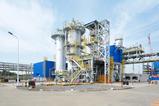




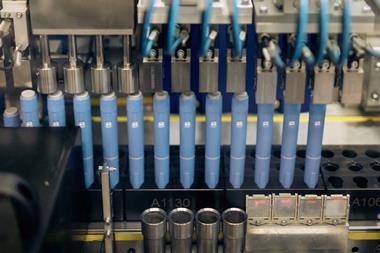
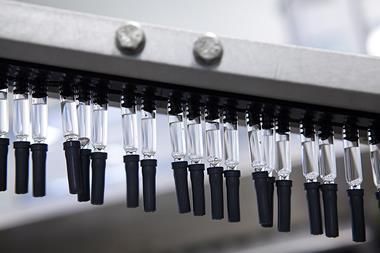
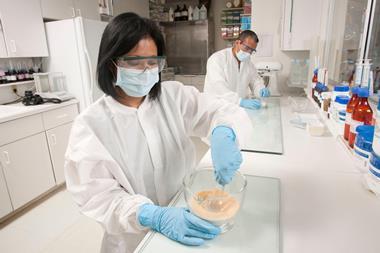




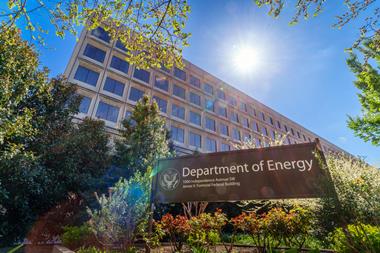

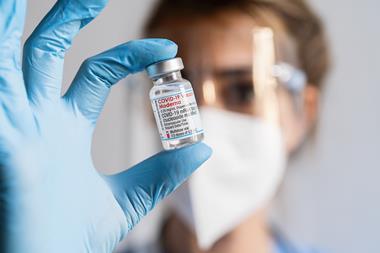
No comments yet